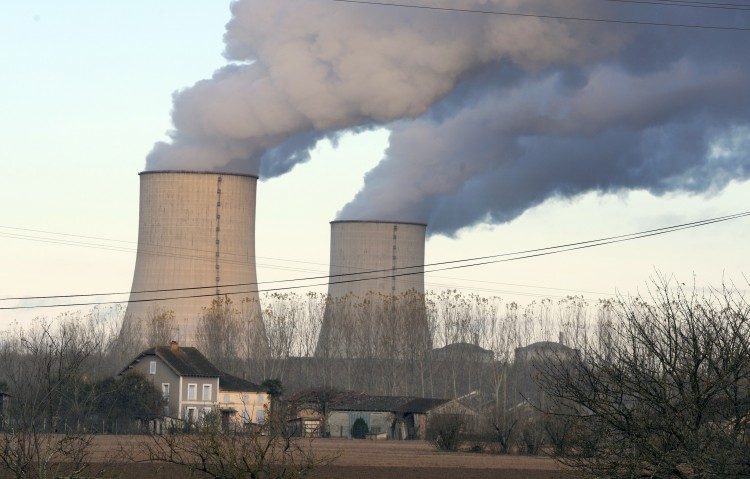In terms of waste disposal, the nuclear waste situation in the United States is among the most serious of all industrial waste disposal situations. However, there exist nuclear recycling processes that could alleviate the concern for containment and burial of wastes.
As the United Stated attempts to find yet another burial facility, scientists and policymakers struggle to cope with America’s growing nuclear waste coupled with a lack of a definite strategy.
The country’s previously proposed nuclear waste storage facility was going to be located under Yucca Mountain in Nevada and was to serve as an indefinite storage facility for all of the country’s nuclear waste. However, according to Forbes, the site was defunded under the Obama administration in 2011 and will cease to be considered or used.
As of today, our nuclear waste is spread out in 79 temporary facilities across 34 states. Currently, official government policy is to seek out a new singular, permanent site, with estimates placing a facility to be ready in about 35 years, according to the Arizona Daily Star.
The amount of nuclear waste in the United States totals about 70,000 metric tons, according to a report from the Oak Ridge National Laboratory, with another estimated 40,000 metric tons produced by 2033, approximately.
Other countries have dealt with nuclear waste in different ways. France, for example, ships their nuclear waste to reprocessing facilities where desirable elements like plutonium and uranium are separated and utilized.
The great majority of nuclear waste consists of spent fuel rods. When other countries, including Italy and Germany, need to dispose of spent fuel rods, they send them to France’s specialized facility near the English Channel, where they sit and cool for about three years in a bath of demineralized water. Afterward, they are mechanically broken apart and dissolved in nitric acid, where the elements are separated. Undesirable elements, byproducts of the fission process including americium, curium, cadmium, and iodine, which are still very radioactive, are immobilized in thick logs of glass where they will sit for thousands of years before they are safe.
“Old fuel in, new fuel out. A pretty elegant solution,” said Mike McMahon, according to The New York Times. McMahon is currently working at a French fuel fabrication facility so that he can bring the knowledge back to the states for prospective companies.
According to Forbes, the United States is 20 years away from full-scale nuclear reprocessing—if we start now.
Nuclear reprocessing is by no means a new process. The United States had a nuclear reprocessing plan in the ‘70s, but it was ultimately shut down by the Carter administration in the same decade, according to The Times. Since that time, policy has been to bury all waste.
Fears that terrorists could target said reprocessing facilities has always been prevalent. In 2005, the United States again looked into the technologies. However, with the meltdown disaster at the spent fuel pool at the Fukushima facility in Japan in 2011, the American government has seemed to loose interest in reprocessing.
Additionally, fears that nuclear waste facilities could leak stored waste into the earth, as in the situation in Hanford, Wash., have recently become a major concern in the media. This past February, it was discovered that six storage tanks at the Hanford site are leaking nuclear waste into the earth at a rate of about 1,000 gallons per year, according to The Huffington Post. It is unknown how long the tanks have been leaking.
“We have been working on clean-up issues at Hanford for some time,” Markus Flury, Ph.D., professor of soil physics at Washington State University wrote in an email. “Some contamination problems have been resolved, for instance Cesium, others have not, for instance Uranium and Technitium.”
On the private scale, however, things are a bit more optimistic for nuclear fans. A company called Areva, together with the Shaw Group Inc., has been watching France for some time and plans to open a reprocessing facility for the U.S. Department of Energy, which will recycle plutonium from the country’s nuclear weapons program.
With additional reporting by Lisa Wederspahn






